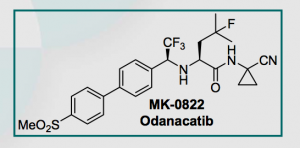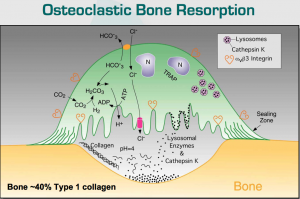Of Mice and Men
One of the themes of this blog is innovation in biopharmaceutical new product development. Innovation can take many forms ranging from nanotechnology based drug delivery to a novel scientific mechanism of action. The March 17, 2011 edition of Nature, highlights how innovative preclinical animal models are having an impact on drug development.
 In their article on translational medicine, “Cancer lessons from mice to humans”, David Tuveson and Douglas Hanahan, describe how preclinical mouse models helped predict the recent phase III clinical trial results for sunitinib and everolimus in pancreatic neuorendocrine tumor (PNET).
In their article on translational medicine, “Cancer lessons from mice to humans”, David Tuveson and Douglas Hanahan, describe how preclinical mouse models helped predict the recent phase III clinical trial results for sunitinib and everolimus in pancreatic neuorendocrine tumor (PNET).
The data was a major breakthrough for this disease. As Sally Church noted on Pharma Strategy Blog, sunitinib doubled the progression free survival (PFS) time and improved OS.
Tuveson and Hanahan in Nature note that “a vast number of potential anticancer drugs are currently in the pipelines of biopharmaceutical companies.” The challenge is not one of a shortage of candidates nor of potential targets, but in deciding which have most promise and where to spend valuable clinical development resources.
The authors conclude that there’s now optimism that genetically engineered mouse models may be able to mimic the progression of human cancer at the cellular and tissue levels. The mouse model of PNET (RIP-Tag2) successfully predicted that sunitinib and everolimus would be effective in treating humans.
Of course, not all human cancers can be modeled and adaptive resistance can subsequently occur in clinical trials, suggesting that preclinical models do have their limitations.
I hope we will see further innovation in mouse models of human cancer as translational medicine develops.
![]() Tuveson, D., & Hanahan, D. (2011). Translational medicine: Cancer lessons from mice to humans Nature, 471 (7338), 316-317 DOI: 10.1038/471316a
Tuveson, D., & Hanahan, D. (2011). Translational medicine: Cancer lessons from mice to humans Nature, 471 (7338), 316-317 DOI: 10.1038/471316a


